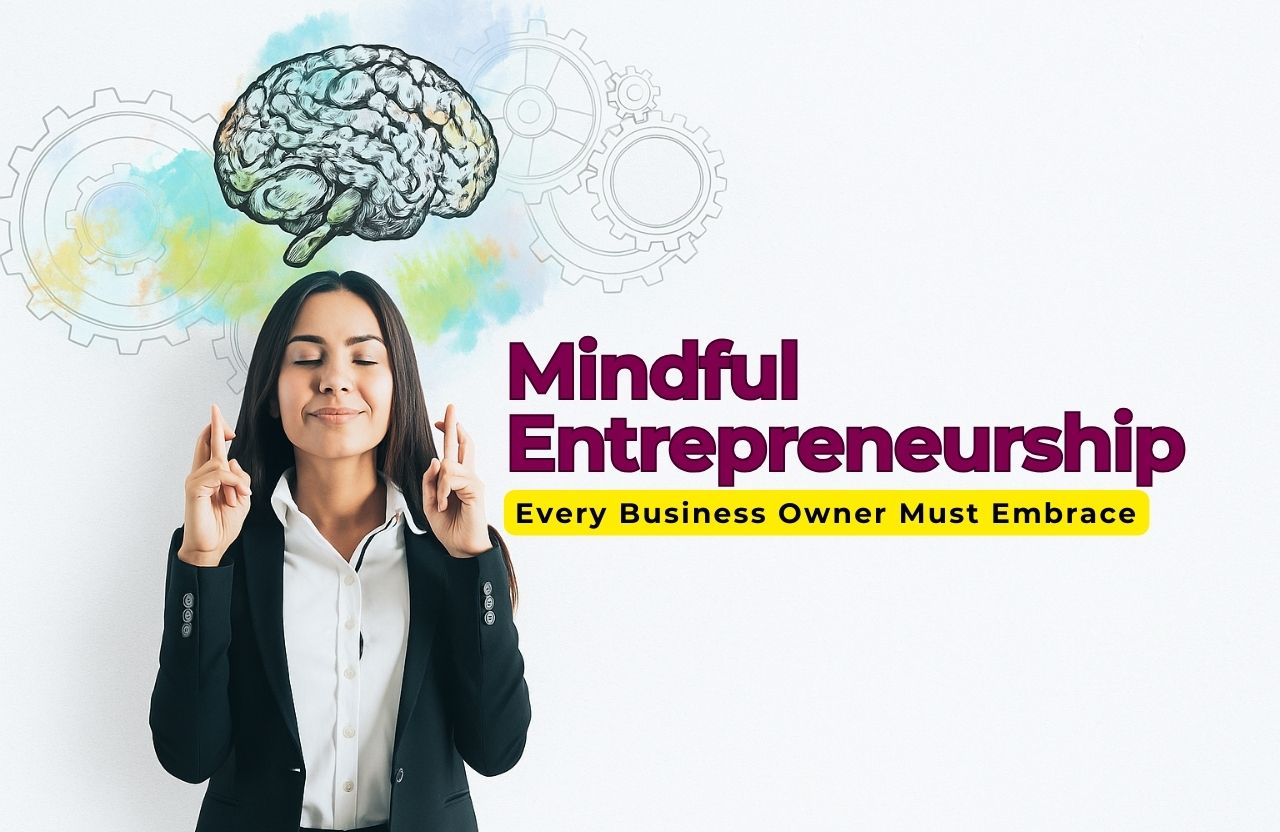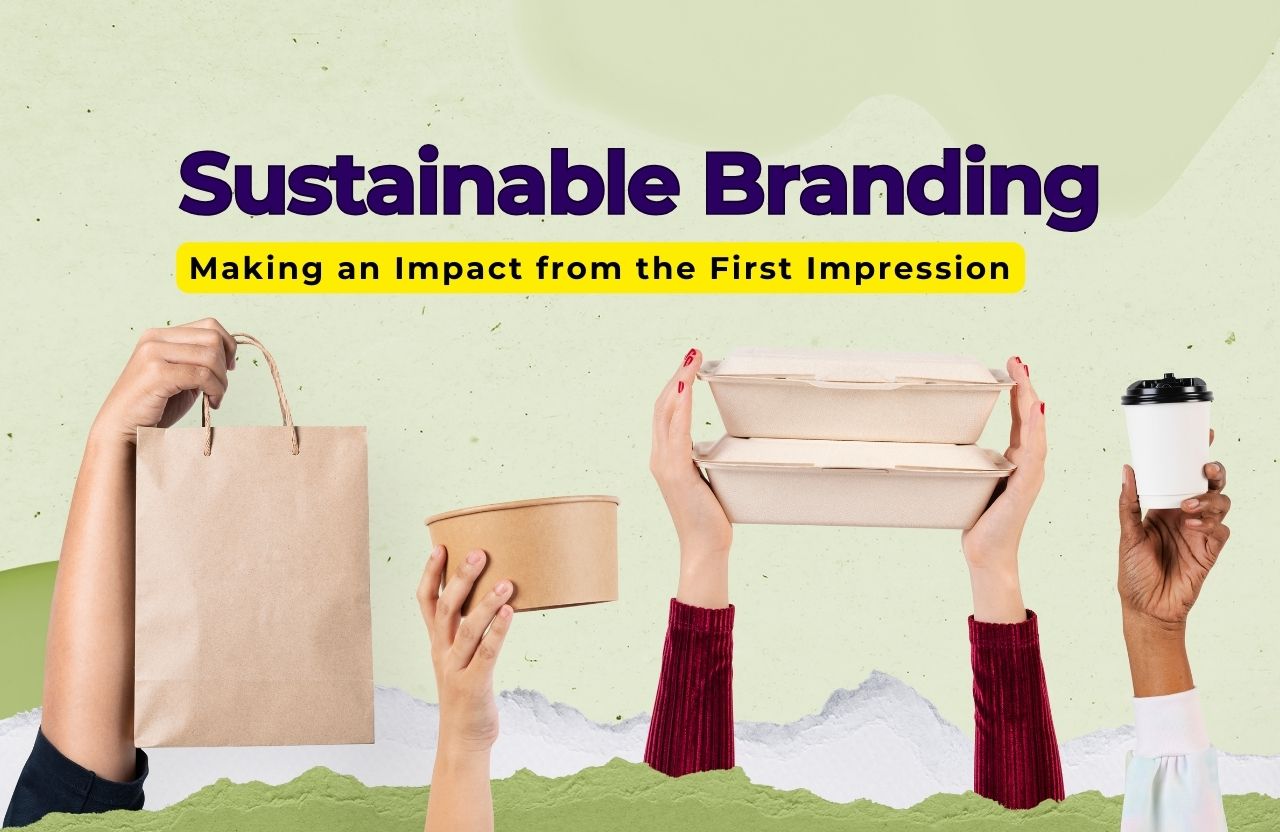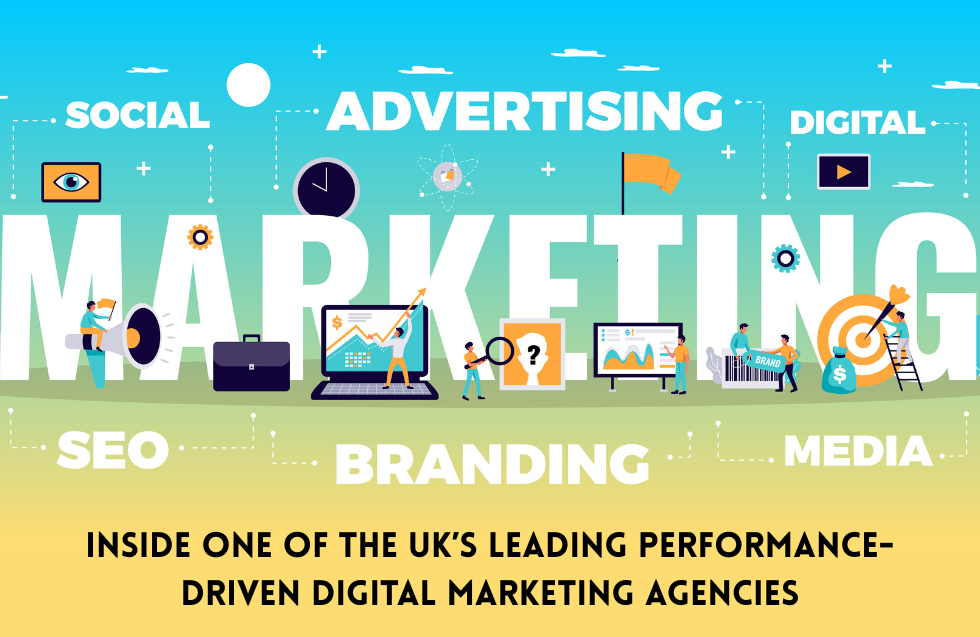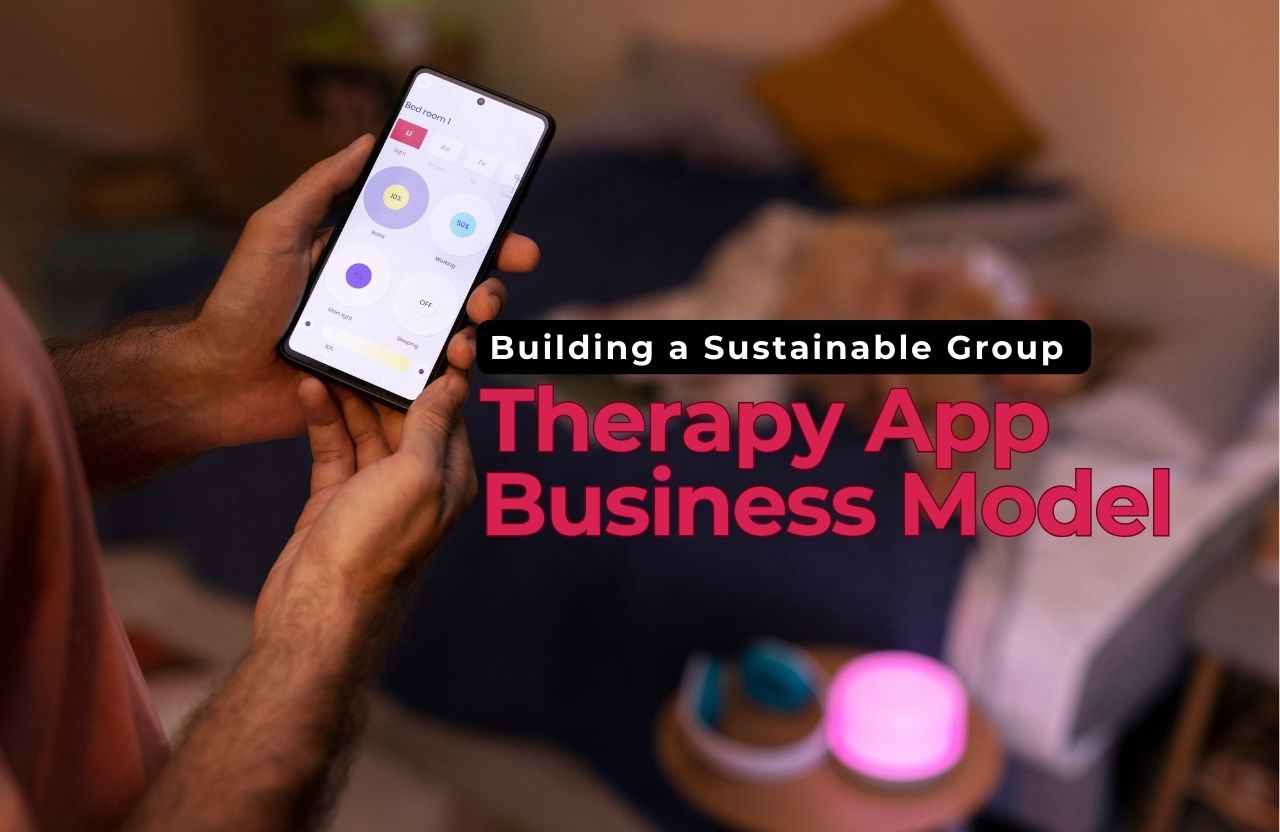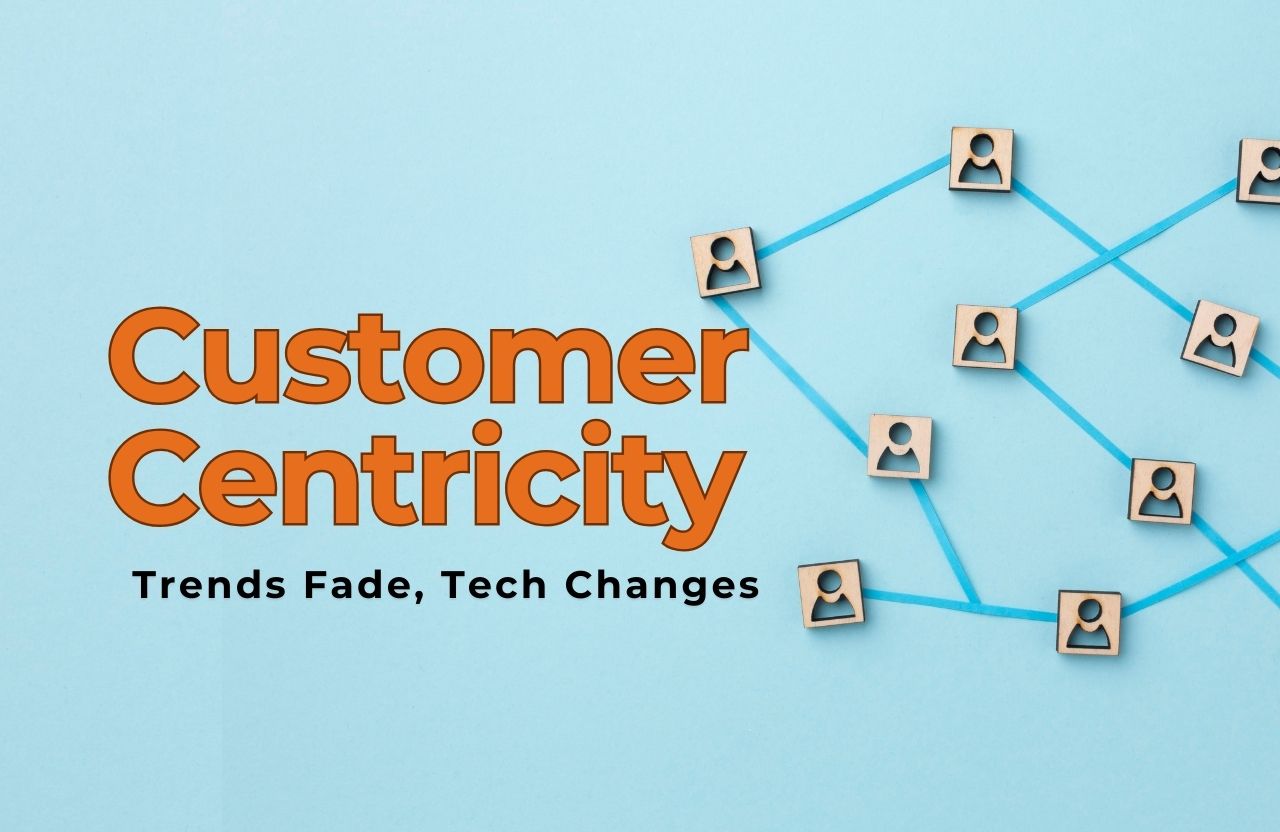In today’s digital age, content is not just king—it’s the entire kingdom. Whether you’re a small business owner, startup founder, or marketing executive at a large corporation, creating compelling content is at the heart of any successful marketing strategy. Content has the power to drive traffic, generate leads, establish brand authority, and build lasting relationships with your audience. But how do you create content that truly resonates and converts? This guide will walk you through everything you need to know about creating compelling content and marketing your business effectively.
1. Understanding the Importance of Content Marketing
Content marketing is more than just blogging or posting on social media. It’s a strategic approach to creating and distributing valuable, relevant, and consistent content to attract and retain a clearly defined audience—and, ultimately, to drive profitable customer action.
Benefits of Content Marketing:
- Builds trust and brand loyalty
- Improves SEO and increases organic traffic
- Generates leads and conversions
- Educates your audience
- Establishes your brand as an industry authority
2. Know Your Audience
Creating compelling content starts with understanding who you’re talking to.
Develop Buyer Personas:
Buyer personas are fictional, generalized representations of your ideal customers. They help you understand your customers (and prospective customers) better and make it easier to tailor content to their specific needs, behaviors, and concerns.
Key demographic and psychographic data to consider:
- Age, gender, income level
- Job title, industry
- Interests, values, and challenges
- Online behavior and content preferences
3. Set Clear Goals
Before you create any piece of content, ask yourself: What do I want to achieve with this?
Common content marketing goals include:
- Brand awareness
- Lead generation
- Customer retention
- Sales conversions
- Social engagement
Align your content strategy with your broader business objectives to ensure maximum effectiveness.
4. Perform a Content Audit
If you already have existing content, start by evaluating its performance. A content audit helps you identify what’s working, what isn’t, and what can be improved.
Steps in a Content Audit:
- Inventory all existing content
- Analyze performance metrics (traffic, shares, conversions)
- Identify content gaps
- Update or repurpose outdated content
5. Choose the Right Content Types
Different content formats serve different purposes. Here are some popular types of content and when to use them:
- Blog Posts: Great for SEO, thought leadership, and long-term traffic.
- Infographics: Excellent for visual storytelling and social media sharing.
- Videos: Perfect for engagement, tutorials, testimonials, and storytelling.
- Podcasts: Ideal for long-form discussions and audience retention.
- eBooks/Whitepapers: Useful for lead generation and in-depth information.
- Case Studies: Build credibility and trust through real-world examples.
- Social Media Posts: Foster community and quick engagement.
6. Create High-Quality, Valuable Content
High-quality content is informative, engaging, and well-structured. Here are the key elements of compelling content:
A. Strong Headlines:
Your headline is the first impression. Make it count. Use numbers, power words, and clear benefits to hook readers.
B. Engaging Introduction:
Start with a hook—an interesting fact, question, or anecdote. Set the tone and explain what the reader will learn.
C. Clear Structure and Readability:
Use headers, subheaders, bullet points, and short paragraphs to make content skimmable and easy to digest.
D. Originality:
Avoid duplicating others’ work. Bring your unique perspective, insights, or voice.
E. Value-Driven Content:
Educate, entertain, or inspire. Always aim to answer your audience’s questions or solve their problems.
F. Call-to-Action (CTA):
End with a strong CTA encouraging the reader to take the next step—subscribe, share, download, or contact you.
7. Optimize for SEO
Search engine optimization is critical to getting your content discovered. Here’s how to do it:
- Keyword Research: Use tools like Google Keyword Planner, Ahrefs, or SEMrush to find high-volume, low-competition keywords.
- On-Page SEO: Optimize title tags, meta descriptions, headers, image alt text, and internal links.
- Content Length: Aim for comprehensive, long-form content when possible (1,500+ words).
- Mobile-Friendly Design: Ensure your content looks good and loads fast on all devices.
- Use of Multimedia: Images, videos, and charts boost engagement and SEO.
8. Content Distribution Strategies
Creating content is only half the battle. Distribution ensures it reaches your target audience.
A. Owned Media:
- Your website
- Email newsletters
- Social media pages
B. Earned Media:
- Shares and mentions
- Guest posting
- Influencer collaborations
C. Paid Media:
- PPC ads (Google Ads, Bing Ads)
- Social media ads (Facebook, Instagram, LinkedIn)
- Sponsored content or influencer partnerships
A multi-channel distribution approach ensures wider reach and better ROI.
9. Leverage Social Media Marketing
Each social media platform has unique strengths. Choose platforms based on where your audience spends their time.
- Facebook: Community building and sharing articles
- Instagram: Visual content and brand storytelling
- LinkedIn: B2B marketing and thought leadership
- Twitter/X: Real-time updates and engagement
- YouTube: Long-form video content and tutorials
- TikTok: Short-form, creative video content for younger audiences
Engage with your audience, respond to comments, and use hashtags strategically.
10. Repurpose and Refresh Content
Maximize your content’s lifespan by repurposing it into different formats:
- Turn blog posts into videos
- Convert webinars into blog posts
- Use data from whitepapers to create infographics
- Update outdated posts with new statistics
This not only saves time but helps reinforce your message across different channels.
11. Track Performance and Refine Your Strategy
Use analytics to evaluate how your content performs. Key metrics include:
- Website traffic
- Time on page
- Bounce rate
- Conversion rate
- Social shares
- Email open and click-through rates
Use tools like Google Analytics, HubSpot, and social media insights to gain clarity on what’s working and where improvements are needed.
12. Foster a Content-Driven Culture
Great content isn’t created in a silo. Encourage collaboration across teams to source ideas, insights, and feedback.
- Involve customer service in identifying FAQs
- Let your sales team share common objections or success stories
- Encourage employee advocacy on social platforms
A company-wide focus on content ensures authenticity and consistency.
13. Invest in Content Tools and Technology
Several tools can streamline your content creation and marketing process:
- Grammarly: For editing and grammar checks
- Canva: For creating graphics and visual content
- BuzzSumo: For content research and trending topics
- Trello or Asana: For content planning and workflow management
- Hootsuite or Buffer: For social media scheduling and analytics
- Mailchimp or ConvertKit: For email marketing automation
Conclusion: Mastering the Art of Content Marketing
Creating compelling content that markets your business effectively is both an art and a science. It requires deep understanding of your audience, a clear content strategy, high-quality execution, and continuous optimization. In an increasingly noisy digital world, the brands that tell the best stories and provide the most value will always come out ahead.
Start by defining your goals, knowing your audience, and building a content machine that continuously attracts, engages, and converts. The more effort you put into content today, the more your business will reap the rewards tomorrow.
Remember, content marketing is not a one-off task—it’s an ongoing journey. Keep learning, iterating, and refining. Your audience—and your bottom line—will thank you for it.

